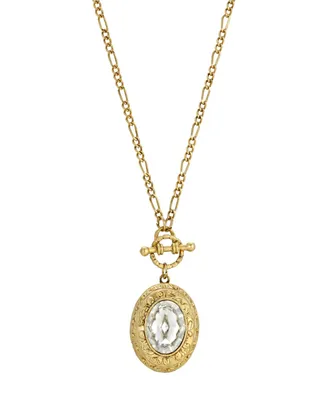Home
Stone Flower
Loading Inventory...
Barnes and Noble
Stone Flower
Current price: $9.99


Barnes and Noble
Stone Flower
Current price: $9.99
Loading Inventory...
Size: CD
*Product Information may vary - to confirm product availability, pricing, and additional information please contact Barnes and Noble
Recorded in 1970 at
Rudy Van Gelder
's studio in New Jersey under the production auspices of
Creed Taylor
, the arrangement and conducting skills of
Deodato
, and the engineering expertise of
Van Gelder
himself,
Jobim
's
Stone Flower
is quite simply one of his most quietly stunning works -- and certainly the high point of his time at
Columbia
. Nearly a decade after the paint peeled from the shine of
bossa nova
's domination of both the
pop
and
jazz
charts in the early '60s,
brought
's tender hush of the
bossa
sound back into the limelight. With a band that included both
on guitars (
also plays piano and sings in a couple of spots),
Ron Carter
on bass,
Joao Palma
on drums,
Airto Moreira
Everaldo Ferreira
on percussion,
Urbie Green
on trombone,
Joe Sample
on soprano saxophone, and
Harry Lookofsky
laying down a soulful violin solo on the title track,
created his own version of
Kind of Blue
. The set opens with the low, simmering
"Tereza My Love,"
with its hushed, elongated trombone lines and shifting acoustic guitars floating on the evening breeze. It begins intimate and ends with a closeness that is almost uncomfortably sensual, even for
. And then there are the slippery piano melodies
lets roll off his fingers against a backdrop of gauzy strings and syncopated rhythms in both
"Choro"
"Brazil."
The latter is a
samba
tune with a sprightly tempo brought to the fore by
's sandy, smoky vocal hovering ghost-like about the instrumental shimmer in the mix. Take, for instance, the title track with its stuttered, near imperceptible percussion laid under a
piano melody of such simplicity, it's harmonically deceptive. It isn't until
Lookofsky
enters for his solo that you realize just how sophisticated and dense both rhythm and the chromatic lyricism are. The album closes with a reprise of
"Brazil,"
restating a theme that has, surprisingly been touched upon in every track since the original inception, making most of the disc a suite that is a lush, sense-altering mediation, not only on
's music and the portraits it paints, but ON the sounds employed by
Taylor
to achieve this effect.
is simply brilliant, a velvety, late-night snapshot of
at his peak. [The 2002 reissue adds an alternate take of
"Brazil"
as a bonus track.] ~ Thom Jurek
Rudy Van Gelder
's studio in New Jersey under the production auspices of
Creed Taylor
, the arrangement and conducting skills of
Deodato
, and the engineering expertise of
Van Gelder
himself,
Jobim
's
Stone Flower
is quite simply one of his most quietly stunning works -- and certainly the high point of his time at
Columbia
. Nearly a decade after the paint peeled from the shine of
bossa nova
's domination of both the
pop
and
jazz
charts in the early '60s,
brought
's tender hush of the
bossa
sound back into the limelight. With a band that included both
on guitars (
also plays piano and sings in a couple of spots),
Ron Carter
on bass,
Joao Palma
on drums,
Airto Moreira
Everaldo Ferreira
on percussion,
Urbie Green
on trombone,
Joe Sample
on soprano saxophone, and
Harry Lookofsky
laying down a soulful violin solo on the title track,
created his own version of
Kind of Blue
. The set opens with the low, simmering
"Tereza My Love,"
with its hushed, elongated trombone lines and shifting acoustic guitars floating on the evening breeze. It begins intimate and ends with a closeness that is almost uncomfortably sensual, even for
. And then there are the slippery piano melodies
lets roll off his fingers against a backdrop of gauzy strings and syncopated rhythms in both
"Choro"
"Brazil."
The latter is a
samba
tune with a sprightly tempo brought to the fore by
's sandy, smoky vocal hovering ghost-like about the instrumental shimmer in the mix. Take, for instance, the title track with its stuttered, near imperceptible percussion laid under a
piano melody of such simplicity, it's harmonically deceptive. It isn't until
Lookofsky
enters for his solo that you realize just how sophisticated and dense both rhythm and the chromatic lyricism are. The album closes with a reprise of
"Brazil,"
restating a theme that has, surprisingly been touched upon in every track since the original inception, making most of the disc a suite that is a lush, sense-altering mediation, not only on
's music and the portraits it paints, but ON the sounds employed by
Taylor
to achieve this effect.
is simply brilliant, a velvety, late-night snapshot of
at his peak. [The 2002 reissue adds an alternate take of
"Brazil"
as a bonus track.] ~ Thom Jurek


















